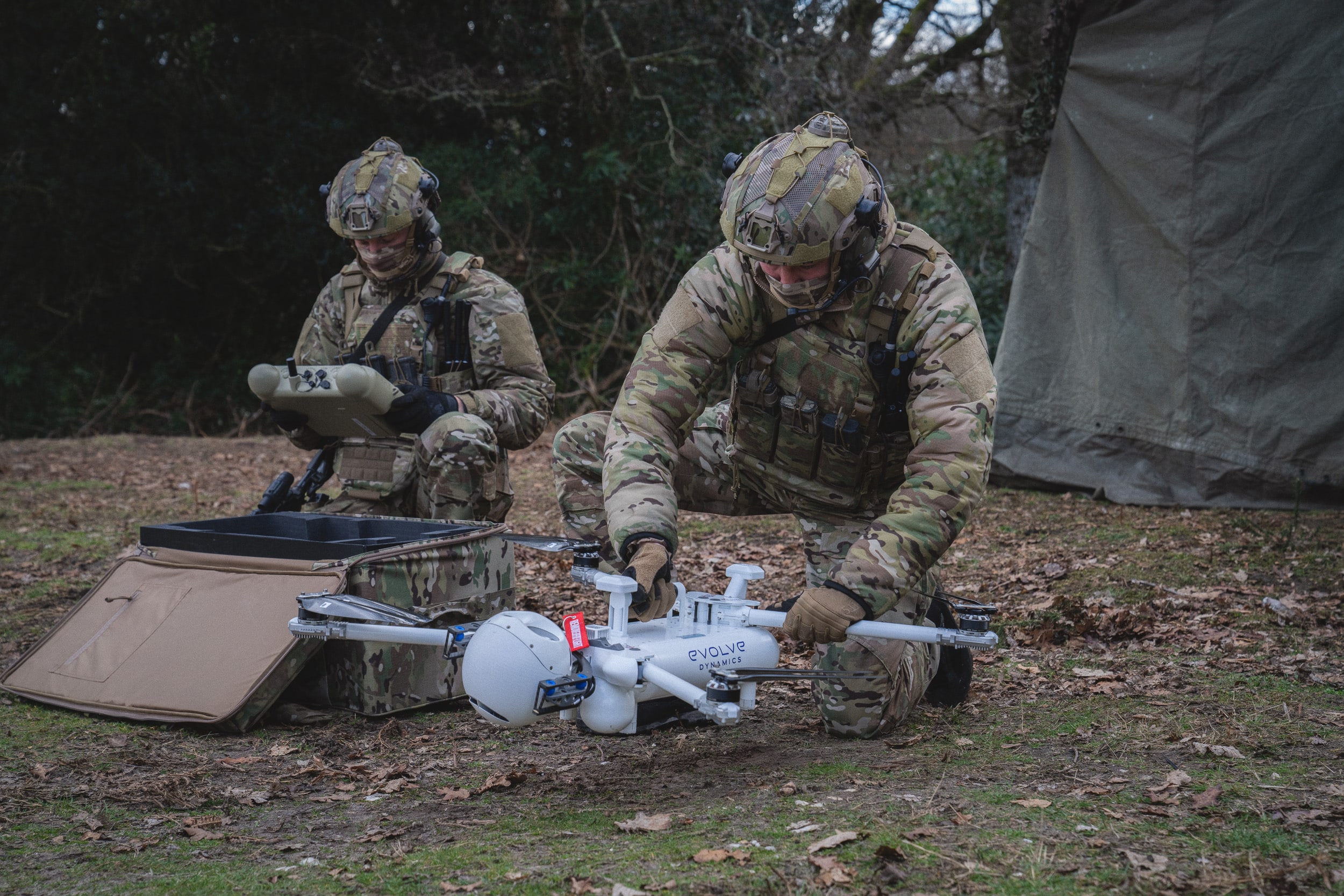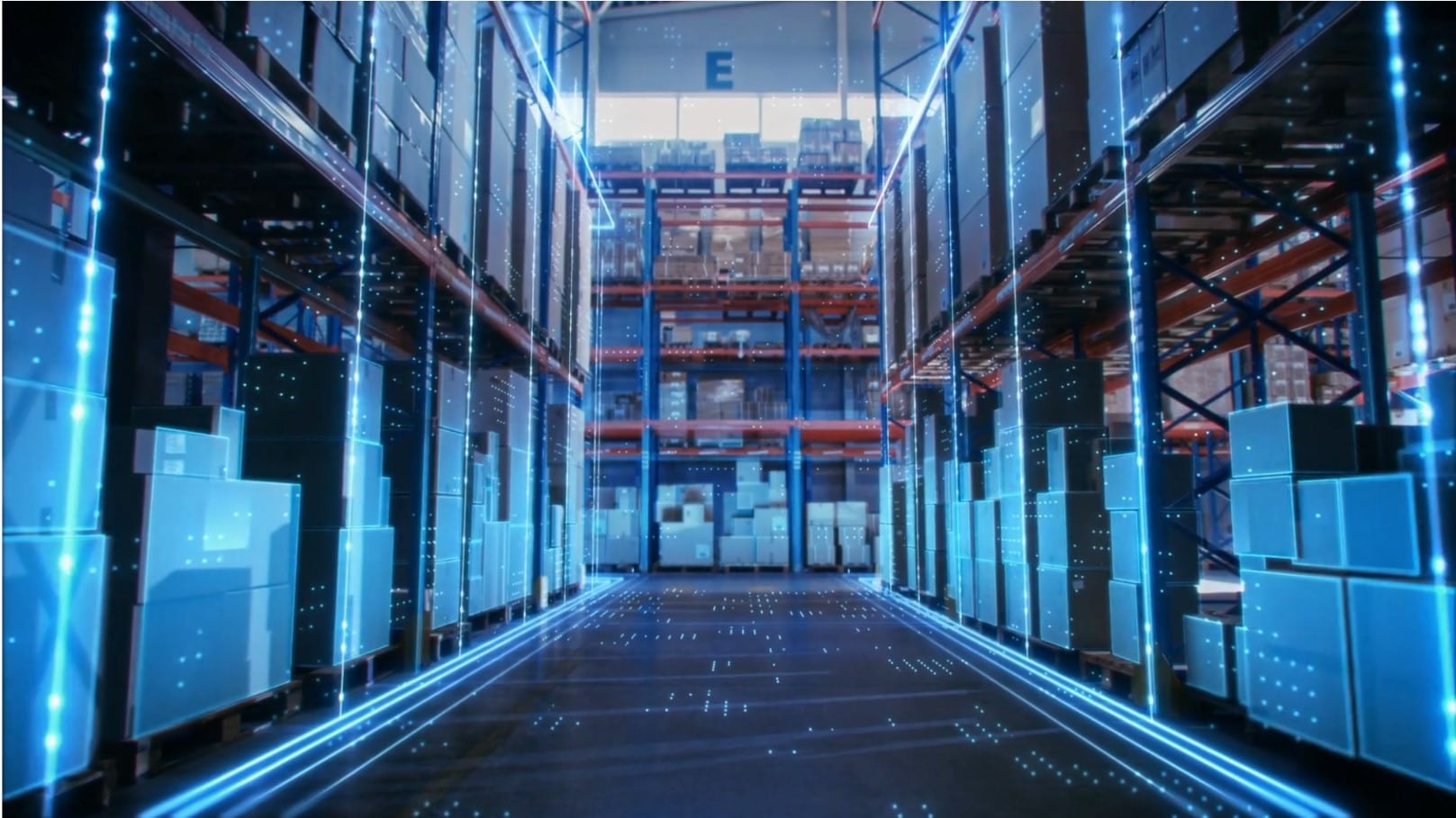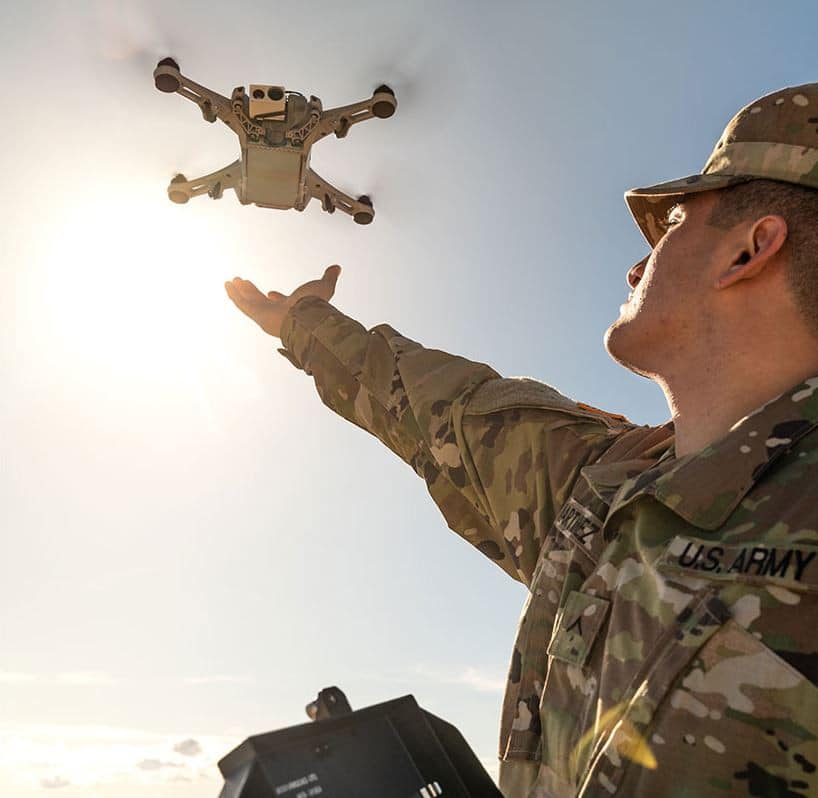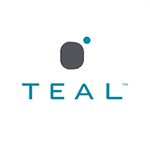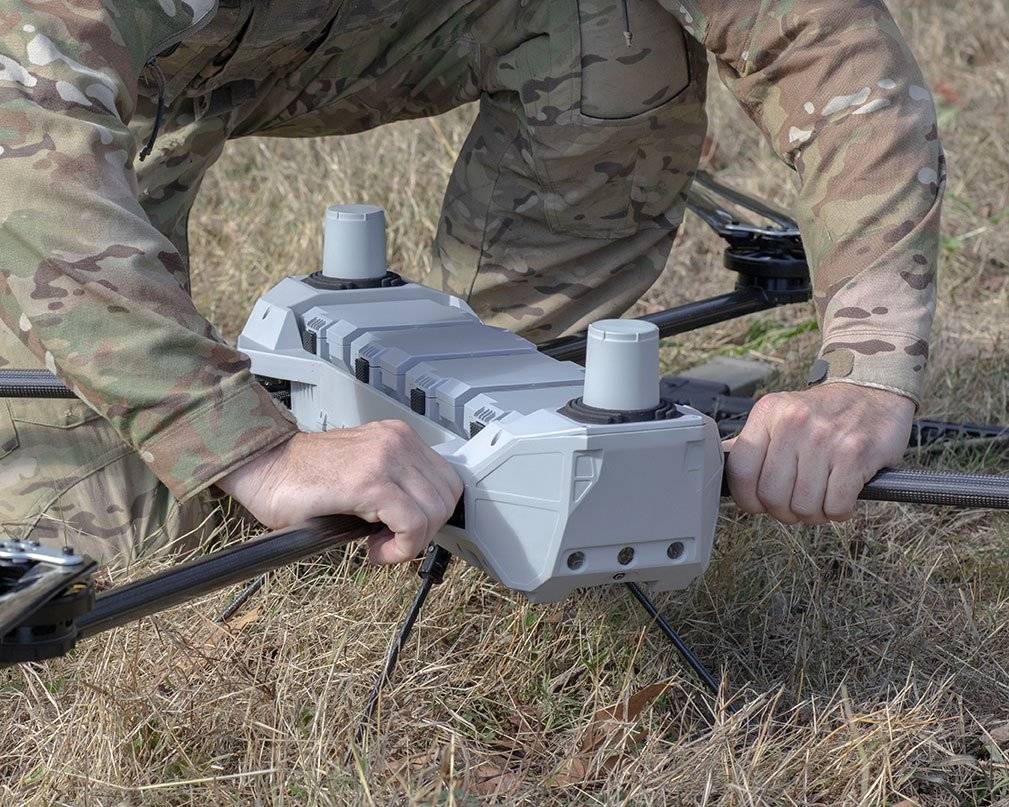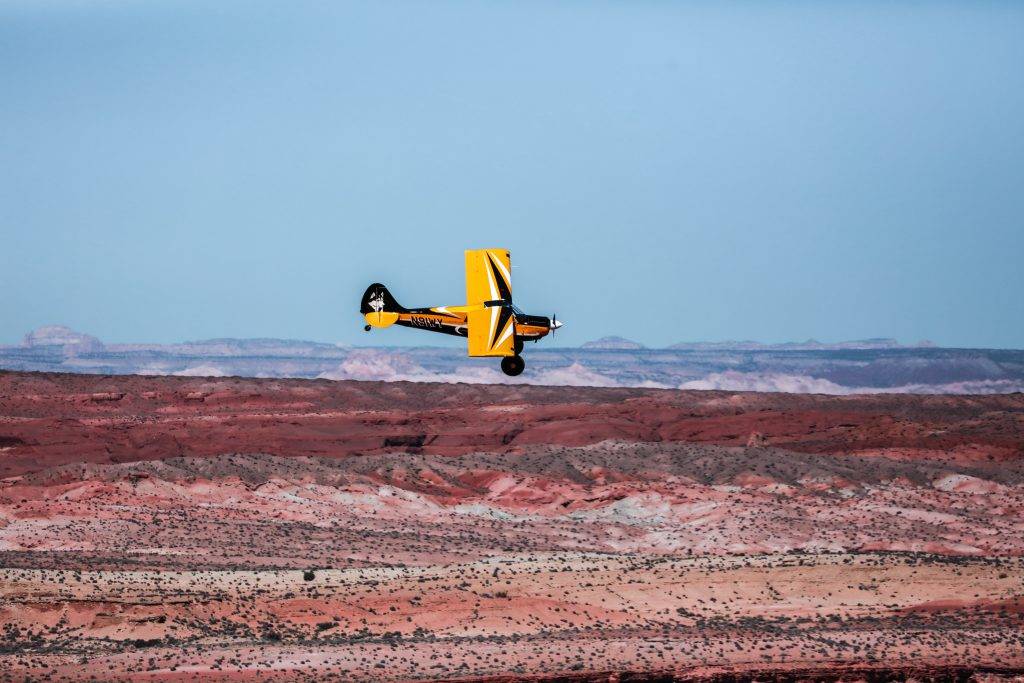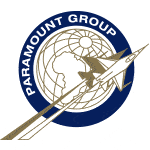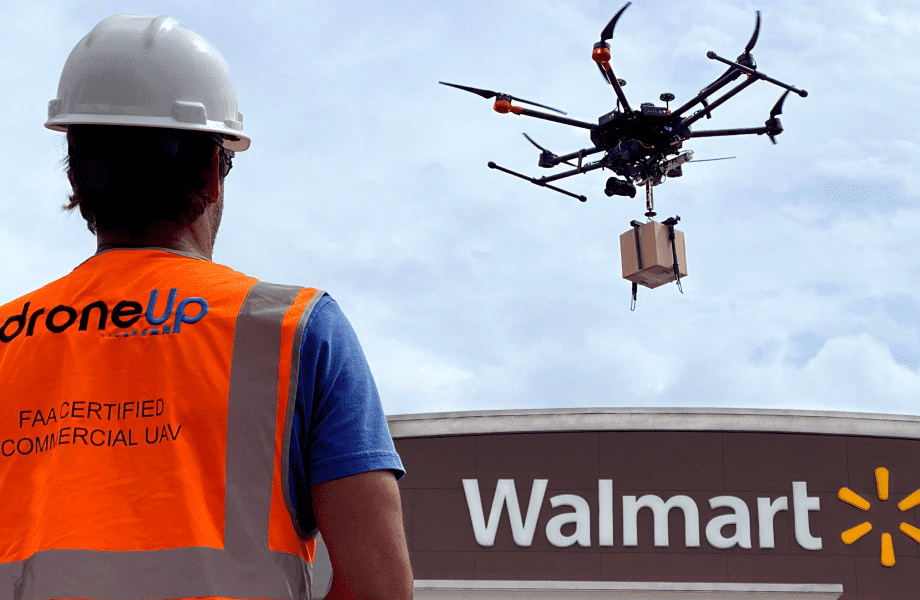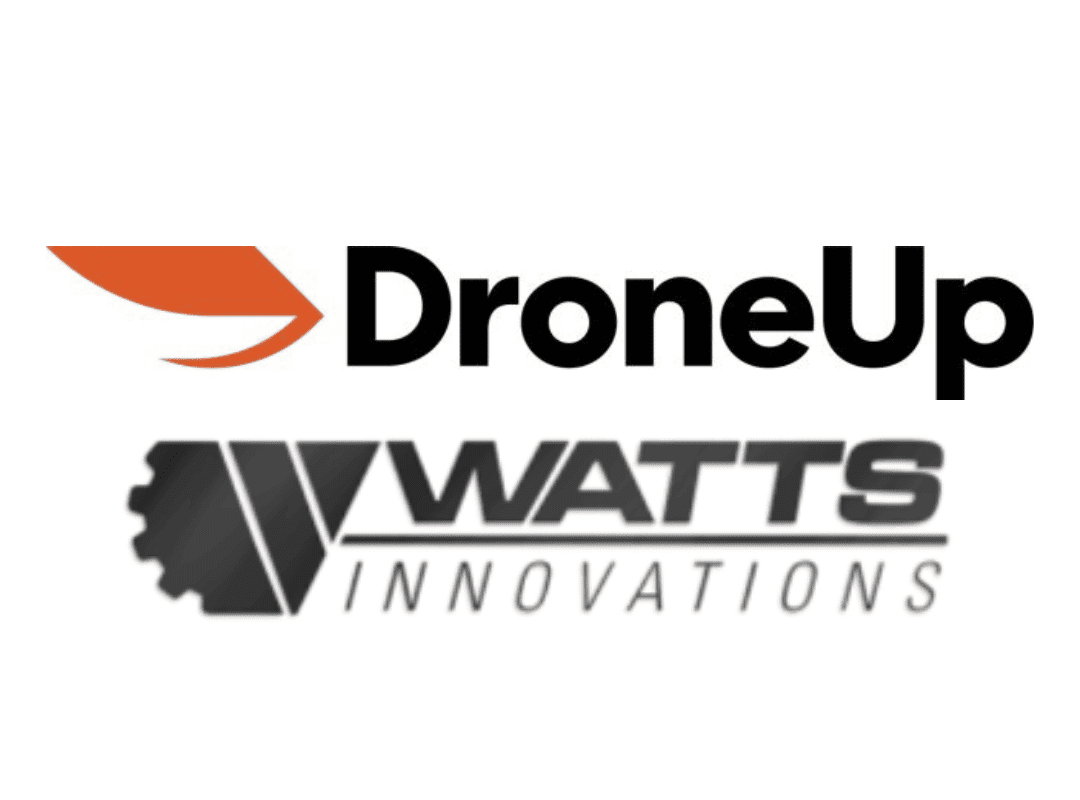
Case Studies
We are proud of the work we've done with some amazing companies who are pushing the boundaries of what's possible in the fields of applied robotics and Industrial IoT. Here are a few examples of how we've helped them successfully deploy their networks with our communications solutions.






Load More
